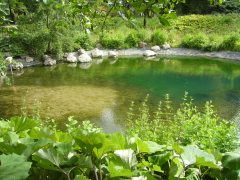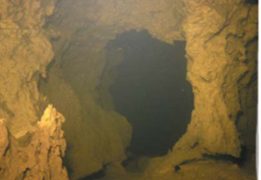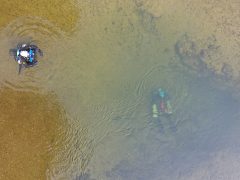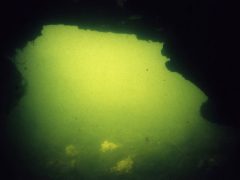ISTO, UMR 7327,
Univ Orléans, CNRS, BRGM, OSUC, F-45071 Orléans, France
Val d’Orléans Karst
- Home
- Observatories
- Val d’Orléans Karst
The Val d’Olréans karst site is part of the Service National d’Observation du KARST (SNO Karst).
The objective of this INSU/CNRS accredited system is to strengthen the sharing of knowledge and to promote interdisciplinary research on karst systems in France. It relies on a network of 9 observatories and research teams.
During its passage through the Val d’Orléans, the Loire loses a fraction of its flow. A part of the lost water reappears in the Loiret, short tributary of the Loire which which nevertheless gives its name to a whole department. The loss rates and underground circulation of these flows are difficult to estimate. Their determination is however essential not only for the characterization of the system, but also for the prevention of pollution and natural disasters.
The alignment of different observation sites along the major karst conduit allows groundwater to be sampled for different residence times underground. The monitoring of an artificial tracer from one point to another of the system allows to study the hydro-chemical evolution of a water mass in the underground environment according to the residence time, the residence time, dilution, mixing and reaction phenomena in the system. The Val d’Orléans site offers a unique direct access to the study of the functioning of the saturated zone.
Such a device allows a transversal research around three major scientific axes:
- the in situ study of flows and chemical reaction kinetics in the conduit
- the validation of new approaches of geophysical characterization of the conduits or modeling in hydrogeology adapted to the karstic environments
- the analysis of the vulnerability of the aquifer to environmental changes by studying the long-term evolution of the chronicles initiated more than 100 years ago.







